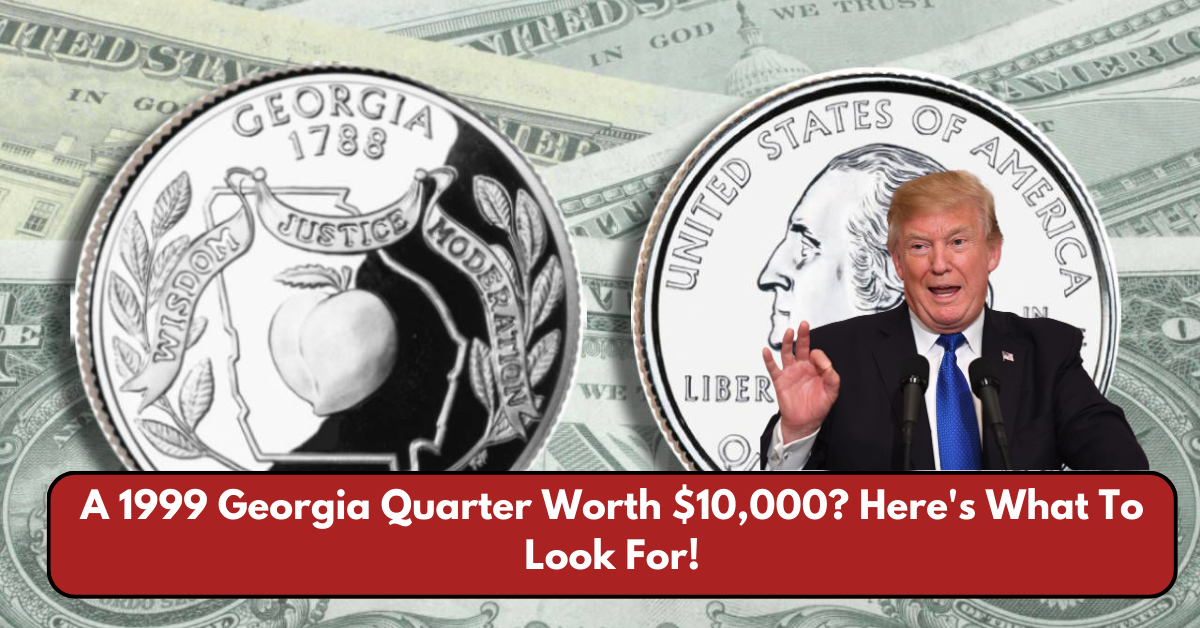The 1999 Georgia quarter, part of the United States Mint’s popular 50 State Quarters program, has become a collector’s favorite. While most of these quarters are worth just 25 cents, some rare error varieties can fetch thousands of dollars. So, what makes a 1999 Georgia quarter worth up to $10,000? Let’s dive into the details.
The 50 State Quarters Program
In 1999, the U.S. Mint began issuing quarters with unique designs representing each state. The Georgia quarter, which features a peach tree and the state’s nickname “The Peach State,” was the fourth in the series. The coin was struck from 1999 until 2008, with each state receiving its own design. While most Georgia quarters remain common and have little value beyond face value, a few rare error coins have been discovered, which can be quite valuable.
Error Coins: The Key to Big Value
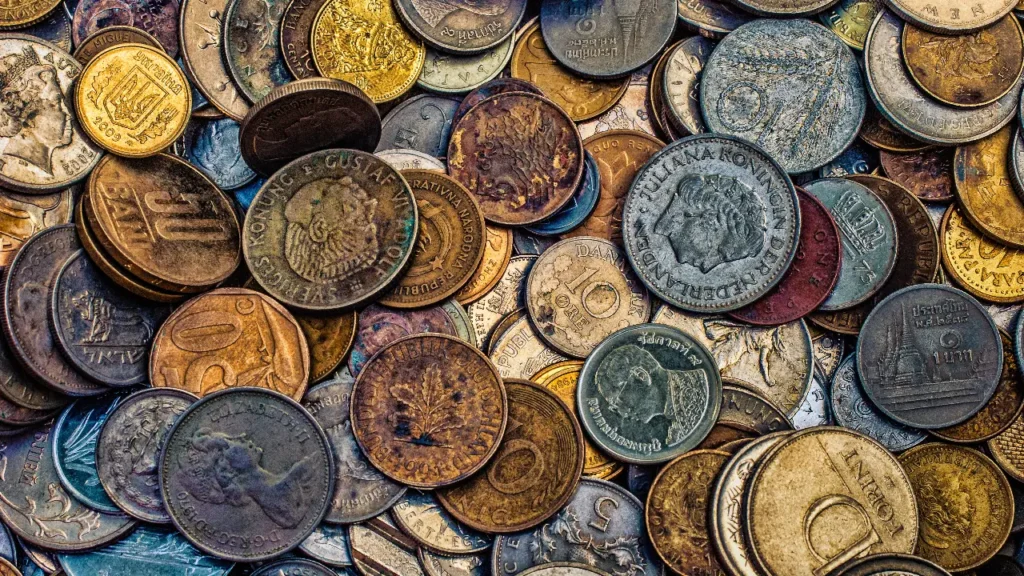
So, what makes a 1999 Georgia quarter worth so much money? Error coins are the answer. When the minting process goes wrong, unique characteristics can emerge, leading to rare and highly collectible coins. A Georgia quarter struck with certain types of errors can significantly increase its value—sometimes by thousands of dollars.
1. Experimental Planchet Error
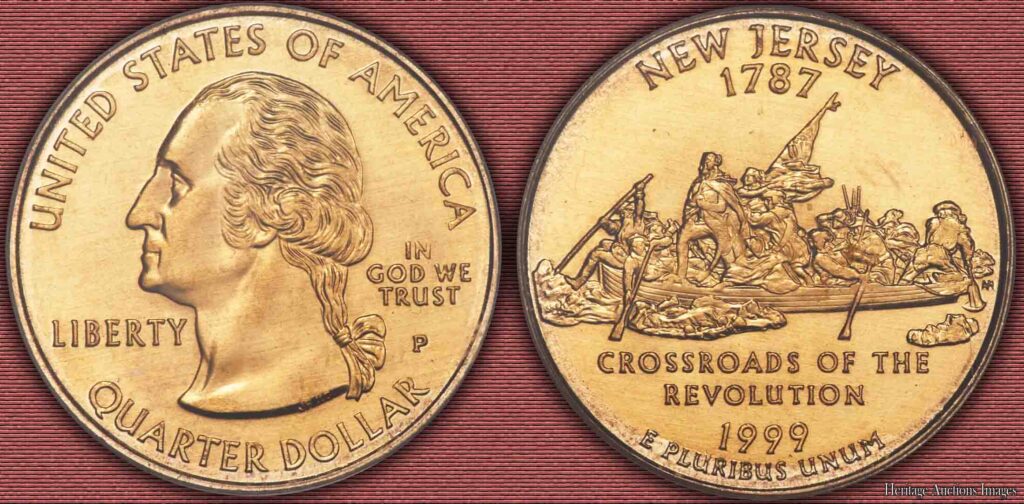
One of the most valuable and rare errors associated with the 1999 Georgia quarter involves the use of an experimental planchet. These planchets were originally intended for the Sacagawea dollar, but a small number were accidentally used to strike quarters. The resulting coins exhibit a golden or greenish hue, similar to the Sacagawea dollar’s color. They are also slightly heavier than the typical Georgia quarter.
Key Characteristics of Experimental Planchet Error Quarters:
- A distinctive gold or greenish tint.
- A weight between 5.9 and 6.3 grams (compared to the standard 5.67 grams).
- A thicker appearance, with a lack of the typical copper edge.
Collectors value these quarters because of their unique look and history. Some of these experimental planchet error coins have sold for as much as $10,000. If you have a 1999 Georgia quarter that matches these characteristics, you may have a rare and valuable coin on your hands.
For more information on what constitutes a coin error, you can visit the U.S. Mint’s official page on coin errors.
2. Off-Center Strike Error
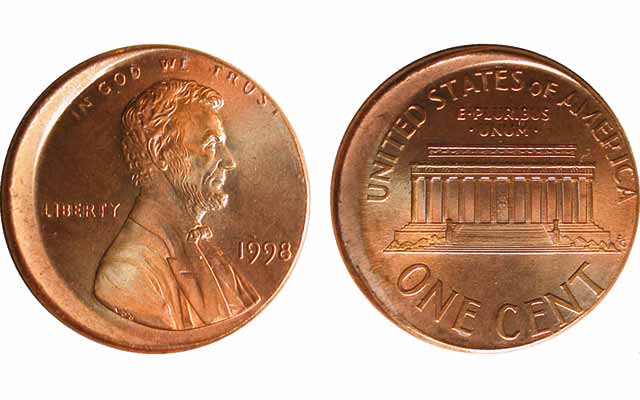
Another rare and valuable error in the 1999 Georgia quarter involves an off-center strike. This error occurs when the coin is not properly aligned during the minting process, causing the design to be misprinted.
Off-Center Strike Error Characteristics:
- A noticeable shift in the design, making it appear off-center.
- The degree of misalignment can range from 5% to 60%.
- Coins with a larger misalignment (such as 40% to 60% off-center) are the most valuable.
Coins with a 5% to 15% misalignment can be worth between $20 and $50, while coins with 40% to 60% misalignment can fetch between $150 and $300. However, the more extreme the misalignment, the more valuable the coin.
For more about off-center strike errors, check out the U.S. Mint’s coin error guide.
3. Die Errors
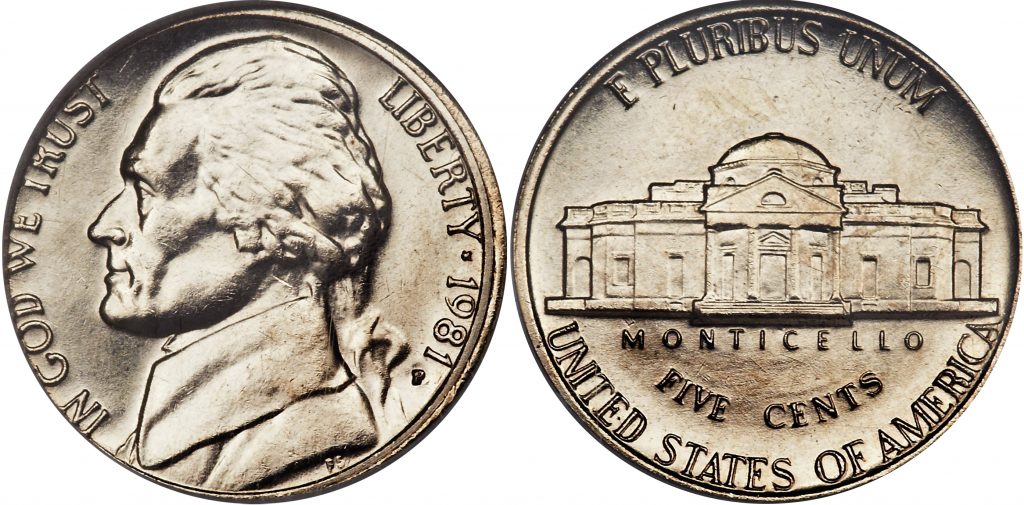
Die errors occur when the die used to strike the coin becomes damaged, leading to imperfections in the design. These errors can include die cracks, die chips, or die breaks.
Common Die Errors:
- Die cracks: Small fissures that appear on the coin’s surface.
- Die chips: Missing pieces of the die that result in holes or missing areas of the design.
- Die breaks: Larger chunks of the die break off, leaving visible gaps or other design distortions.
While die errors are relatively common, certain types of die damage can still be valuable to collectors. For example, die breaks can result in dramatic design flaws, making the coin more collectible.
Die errors in 1999 Georgia quarters can range from a few dollars to upwards of $50, depending on the severity and visibility of the error.
For further details on die errors and how they affect the value of coins, visit the Coin World article on die errors.
How to Identify Valuable 1999 Georgia Quarters?
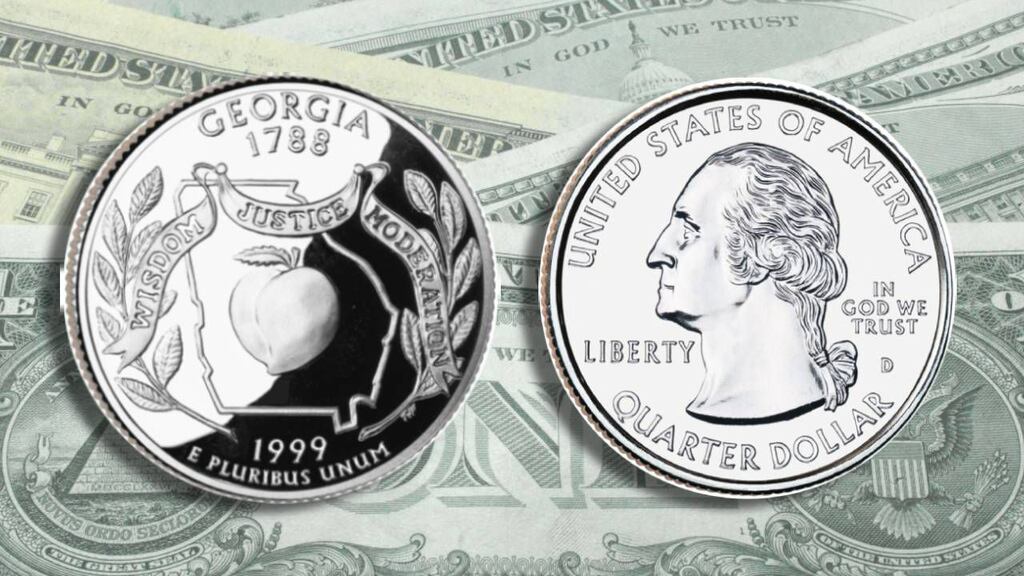
Now that we know what makes some 1999 Georgia quarters valuable, how can you identify a rare one? Here are a few tips:
1. Examine the Coin’s Color and Thickness
- If your quarter has a strange color—especially a golden or greenish hue—it could be an experimental planchet error.
- Check the thickness of the coin. If it feels unusually thick or heavy, it could be a valuable error coin.
2. Weigh the Coin
- Standard 1999 Georgia quarters weigh 5.67 grams. If your coin weighs more (5.9 to 6.3 grams), you may have found an experimental planchet error.
3. Check for Off-Center Strikes
- Look closely at the alignment of the design. If it appears off-center, you could have an error coin. The more misaligned the design, the more valuable it is.
4. Look for Die Errors
- Examine the coin for any cracks, chips, or breaks in the design. If you notice any significant imperfections, your coin could be a die error variety.
Conclusion
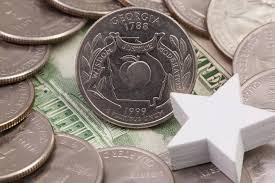
While most 1999 Georgia quarters are worth just 25 cents, certain error coins can be worth thousands of dollars. Experimental planchet errors, off-center strikes, and die errors are the key factors that can turn an ordinary quarter into a highly sought-after collectible. If you believe you have a rare 1999 Georgia quarter, it’s worth having it authenticated by a professional or a reputable coin dealer.
For more information on coin values and errors, visit the U.S. Mint’s official site or consult a trusted coin dealer. Happy collecting!
This article has been carefully fact-checked by our editorial team to ensure accuracy and eliminate any misleading information. We are committed to maintaining the highest standards of integrity in our content.

Premlata is a seasoned finance writer with a keen eye for unraveling complex global financial systems. From government benefits to energy rebates and recruitment trends, she empowers readers with actionable insights and clarity. When she’s not crafting impactful articles, you can find her sharing her expertise on LinkedIn or connecting via email at [email protected].

